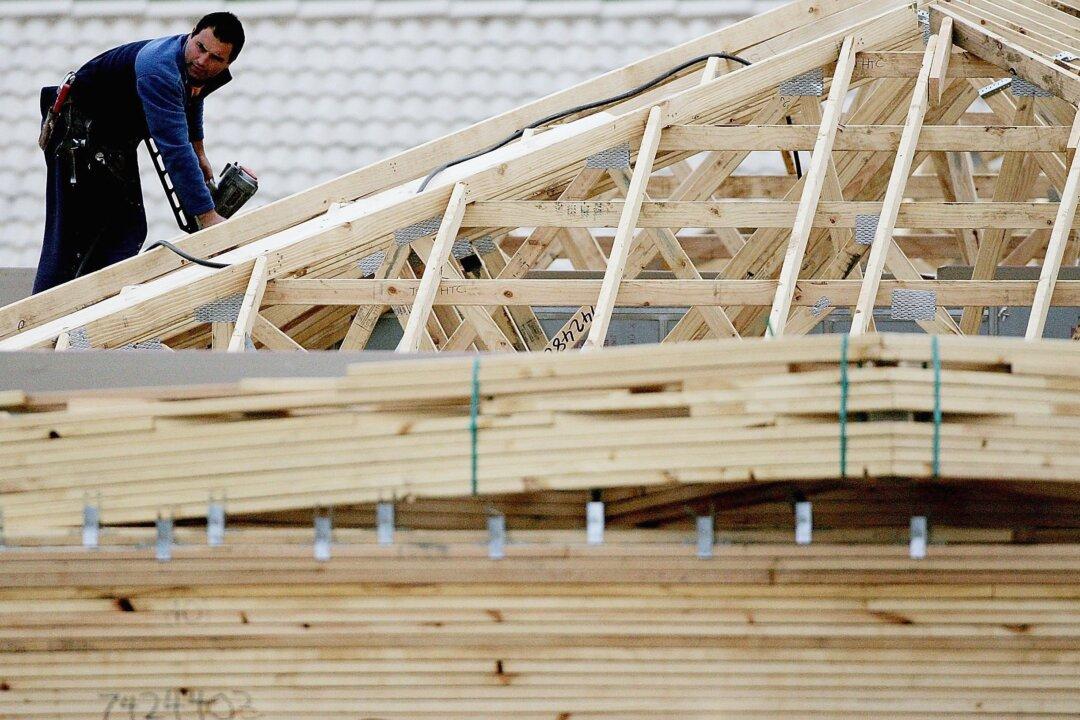Low interest rates and government stimulus measures for housing during the COVID-19 pandemic have seen building approvals for houses soar to their highest level in 21 years.
Domestic demand more broadly also appears to be growing from the depths of recession with new figures showing imports jumping 10 percent late last year.





